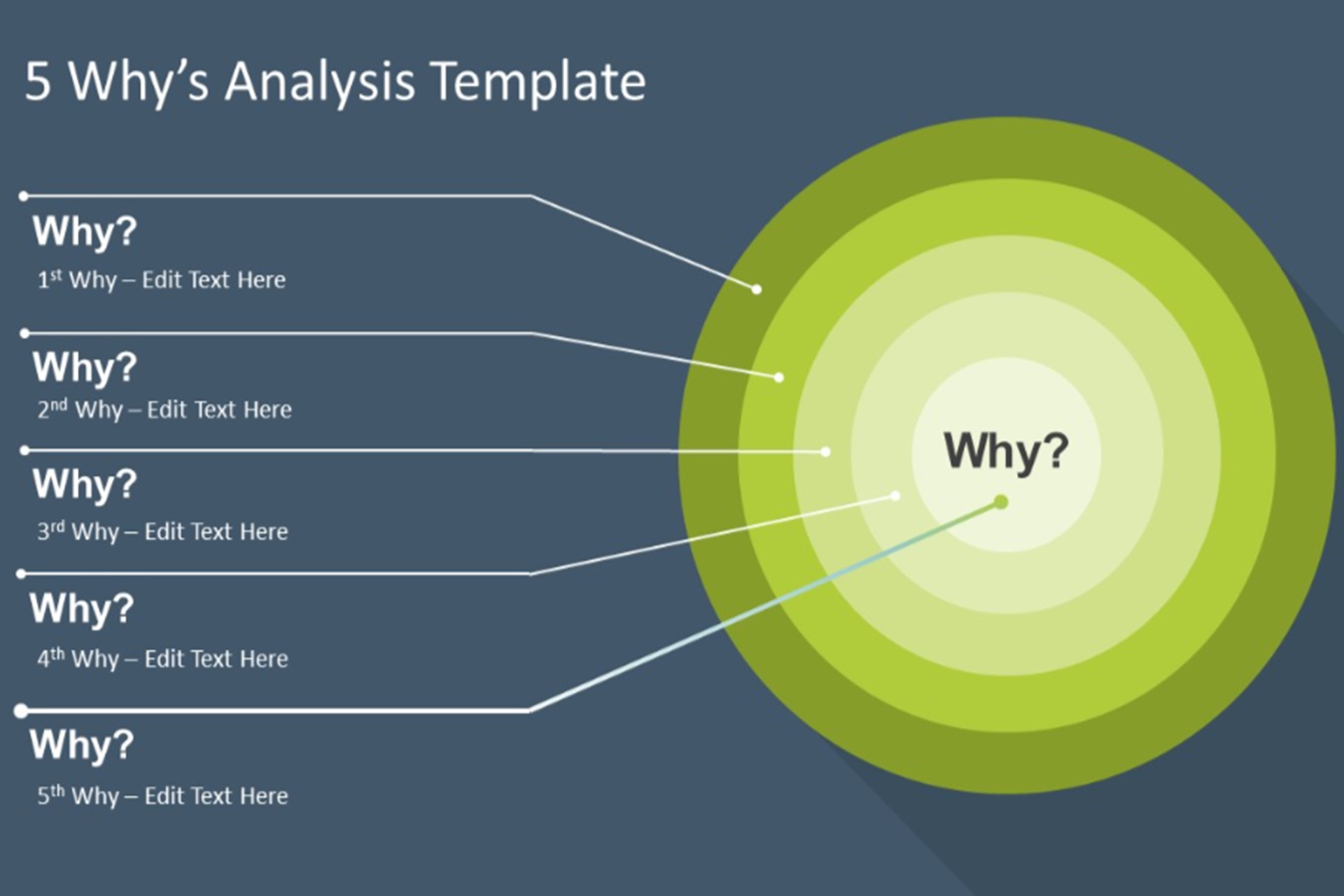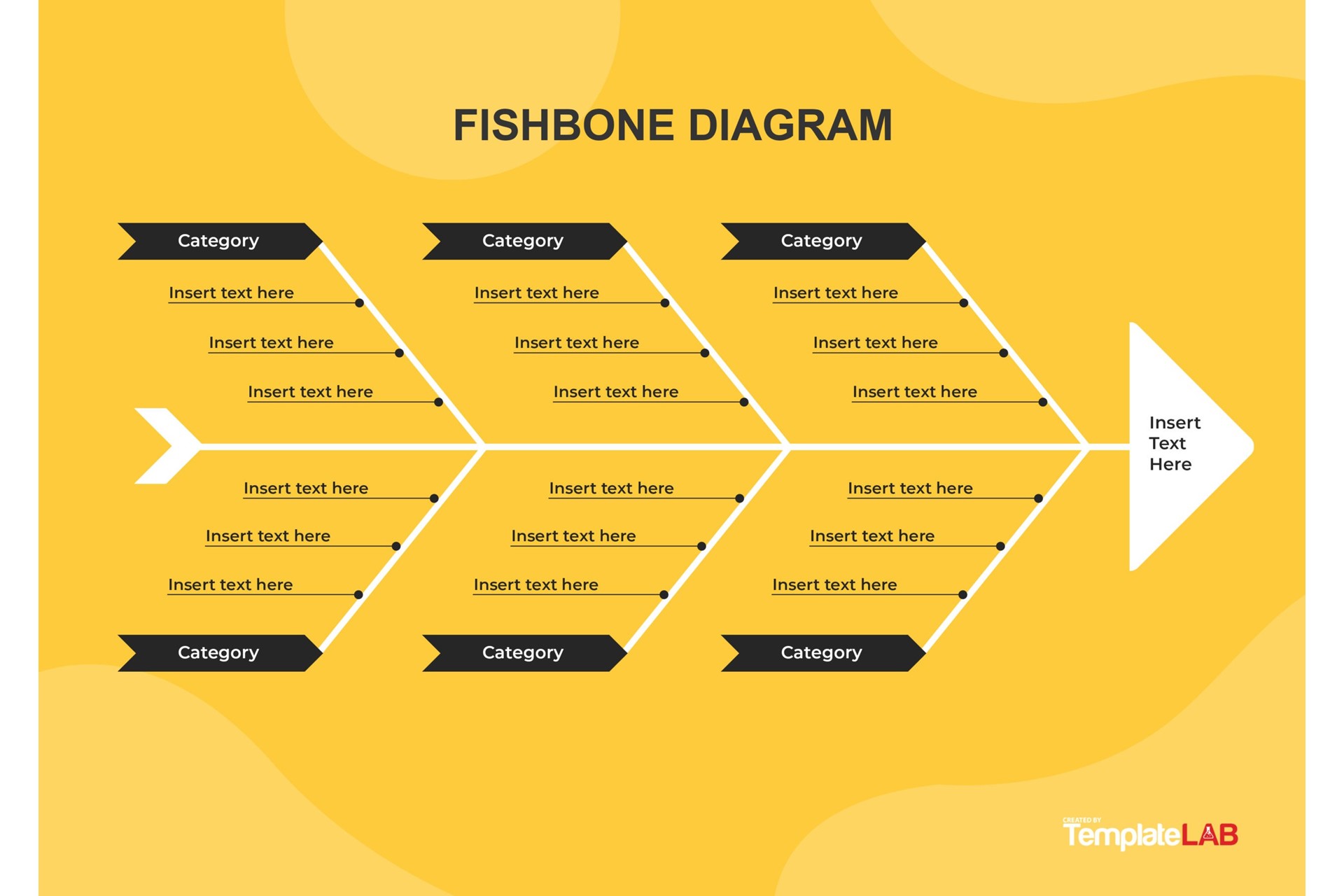You’ve probably heard that analytical thinking is a valuable skill in today’s world. But what does it mean to think analytically? And how can you master analytical thinking?
Analytical thinking is the ability to separate a whole entity or problem into smaller parts or ideas to study and understand them better. It involves extracting key information from data, applying logic and deductive reasoning, and developing workable solutions based on facts and evidence.
Analytical thinking can help you solve complex problems, make informed decisions, improve your work quality and productivity, meet your goals, and boost your creativity and innovation.
But how can you master analytical thinking? Is it something you’re born with or something you can learn?
The good news is that analytical thinking is a skill that you can develop through practice and experience. You don’t need to be a genius or have a special talent to think analytically. You just need to follow some steps and apply some tips that can help you sharpen your analytical skills.
In this article, we’ll show you how to master analytical thinking in 7 steps with practical tips and examples. By the end of this article, you’ll be able to:
- Understand what analytical thinking is and why it’s important
- Identify the steps involved in analytical thinking
- Apply analytical thinking to various situations and tasks
- Improve your analytical skills with exercises and feedback
- Showcase your analytical skills on your resume and in interviews
Ready to master analytical thinking? Let’s get started.
Step 1: Define the problem or goal
The first step in analytical thinking is to define the problem or goal that you want to analyze. This will help you narrow down your focus and clarify your purpose.
To define the problem or goal, you need to ask yourself some questions, such as:
- What is the situation or issue that I want to analyze?
- What is the main question or challenge that I want to answer or overcome?
- What is the desired outcome or result that I want to achieve?
- Why is this problem or goal important or relevant to me or others?
For example, let’s say you want to analyze how to improve your time management skills. You can define the problem or goal by asking yourself:
- What is the situation or issue that I want to analyze?
- I often feel overwhelmed by my workload and deadlines.
- What is the main question or challenge that I want to answer or overcome?
- How can I manage my time more effectively and efficiently?
- What is the desired outcome or result that I want to achieve?
- I want to complete my tasks on time, reduce my stress levels, and achieve a better work-life balance.
- Why is this problem or goal important or relevant to me or others?
- Improving my time management skills will help me perform better at work, meet my expectations, and enjoy my personal life more.
Step 2: Gather information
The second step in analytical thinking is to gather information that is relevant to the problem or goal. This will help you understand the situation better and identify the factors that affect it.
To gather information, you need to use various sources and methods, such as:
- Reading books, articles, reports, or other documents
- Searching online databases, websites, or social media
- Conducting surveys, interviews, or observations
- Performing experiments, tests, or simulations
- Consulting experts, mentors, or peers
When gathering information, you need to be critical and selective. You need to evaluate the quality, reliability, validity, and relevance of the information. You also need to avoid biases, assumptions, opinions, or emotions that might cloud your judgment.
For example, if you want to gather information on how to improve your time management skills, you can:
- Read books or articles on time management techniques and best practices
- Search online for tools, apps, or templates that can help you plan and track your time
- Conduct a survey among your colleagues or friends on how they manage their time
- Perform a self-assessment on how you spend your time during a typical day or week
- Consult a coach, a mentor, or a peer who has good time management skills
Step 3: Analyze the information
The third step in analytical thinking is to analyze the information that you have gathered. This will help you find patterns, connections, trends, gaps, or inconsistencies in the information.
To analyze the information, you need to use various techniques and tools, such as:
- Sorting, categorizing, or grouping the information
- Comparing, contrasting, or correlating the information
- Visualizing, graphing, or mapping the information
- Calculating, measuring, or quantifying the information
- Applying logic, reasoning, or critical thinking to the information
When analyzing the information, you need to be objective and systematic. You need to look for facts and evidence that support or contradict your problem or goal. You also need to look for alternative perspectives or explanations that might challenge your assumptions or beliefs.
For example, if you want to analyze the information on how to improve your time management skills, you can:
- Sort, categorize, or group the information by time management techniques, such as prioritization, delegation, scheduling, etc.
- Compare, contrast, or correlate the information by time management outcomes, such as productivity, efficiency, satisfaction, etc.
- Visualize, graph, or map the information by time management factors, such as tasks, goals, deadlines, resources, etc.
- Calculate, measure, or quantify the information by time management indicators, such as hours spent, tasks completed, goals achieved, etc.
- Apply logic, reasoning, or critical thinking to the information by asking questions such as:
- What are the causes and effects of my time management problem?
- What are the strengths and weaknesses of different time management techniques?
- What are the assumptions and biases that influence my time management behavior?
Step 4: Develop solutions or ideas
The fourth step in analytical thinking is to develop solutions or ideas that address the problem or goal. This will help you create possible ways to solve the problem or achieve the goal.
To develop solutions or ideas, you need to use various strategies and skills, such as:
- Brainstorming, generating, or inventing solutions or ideas
- Evaluating, selecting, or ranking solutions or ideas
- Testing, experimenting, or prototyping solutions or ideas
- Refining, improving, or optimizing solutions or ideas
- Implementing, executing, or delivering solutions or ideas
When developing solutions or ideas, you need to be creative and practical. You need to think of original and innovative solutions or ideas that meet the criteria and constraints of the problem or goal. You also need to think of feasible and realistic solutions or ideas that can be implemented and evaluated.
For example, if you want to develop solutions or ideas on how to improve your time management skills, you can:
- Brainstorm, generate, or invent solutions or ideas such as:
- using a planner or calendar app to organize your tasks and deadlines;
- setting SMART goals and breaking them down into manageable steps;
- prioritizing your tasks based on urgency and importance;
- delegating or outsourcing tasks that are not essential or core to your role;
- scheduling blocks of time for focused work and breaks for rest and relaxation;
- avoiding distractions and interruptions during your work hours;
- setting boundaries and expectations with your colleagues and clients;
- rewarding yourself for completing your tasks on time; etc.
- Evaluate, select, or rank solutions or ideas based on their pros and cons, costs and benefits, risks and opportunities, etc.
- For example, you can use a decision matrix or a SWOT analysis to compare and contrast different solutions or ideas.
- Test, experiment, or prototype solutions or ideas by applying them to a small-scale or simulated situation.
- For example, you can use a trial-and-error method or a pilot project to test and measure the effectiveness and efficiency of different solutions or ideas.
- Refine, improve, or optimize solutions or ideas by making adjustments or modifications based on the feedback or results from the testing phase.
- For example, you can use a PDCA cycle (plan-do-check-act) or an A/B testing method to refine and improve your solutions or ideas.
- Implement, execute, or deliver solutions or ideas by putting them into action in the real situation.
- For example, you can use a project management tool or a checklist to implement and execute your solutions or ideas.
Step 5: Review the results or outcomes
The fifth step in analytical thinking is to review the results or outcomes of your solutions or ideas. This will help you assess the impact and effectiveness of your solutions or ideas.
To review the results or outcomes, you need to use various methods and criteria, such as:
- Collecting, recording, or reporting the results or outcomes
- Measuring, evaluating, or analyzing the results or outcomes
- Comparing, contrasting, or benchmarking the results or outcomes
- Identifying, explaining, or interpreting the results or outcomes
- Drawing conclusions, recommendations, or implications from the results or outcomes
When reviewing the results or outcomes, you need to be accurate and honest. You need to use reliable and valid data and methods to measure and evaluate your results or outcomes. You also need to acknowledge and report any errors, limitations, or uncertainties that might affect your results or outcomes.
For example, if you want to review the results or outcomes of your solutions or ideas on how to improve your time management skills, you can:
- Collect, record, or report the results or outcomes such as:
- the number of hours spent on different tasks;
- the number of tasks completed on time;
- the number of goals achieved;
- the level of stress experienced;
- the level of satisfaction felt; etc.
- Measure, evaluate, or analyze the results or outcomes using quantitative and qualitative methods such as:
- statistics, charts, graphs, tables;
- surveys, interviews, feedback forms; etc.
- Compare, contrast, or benchmark the results or outcomes with your baseline data (before implementing your solutions or ideas) and with your desired outcome (the goal you set for yourself)
- Identify, explain, or interpret the results or outcomes by looking for patterns, trends, gaps, anomalies, causes and effects in the data
- Draw conclusions, recommendations, or implications from the results or outcomes by summarizing what worked well and what didn’t work well; what you learned and what you can improve; what actions you need to take next and what benefits you can expect
Step 6: Learn from feedback
The sixth step in analytical thinking is to learn from feedback. This will help you improve your analytical skills and performance.
To learn from feedback, you need to seek and receive feedback from various sources and perspectives, such as:
- Yourself: self-evaluation, self-reflection
- Others: peers, colleagues, managers, clients, mentors, coaches, experts, etc.
- Tools: software, apps, devices, instruments, etc.
When seeking and receiving feedback, you need to be open-minded and respectful. You need to ask for specific, constructive, and actionable feedback that can help you improve your analytical skills and performance. You also need to listen to and appreciate the feedback without being defensive or dismissive.
For example, if you want to learn from feedback on how to improve your time management skills, you can:
- Ask yourself: How do I feel about my time management skills? What are my strengths and weaknesses? What are my goals and challenges? How can I improve my time management skills?
- Ask others: How do you perceive my time management skills? What are some examples of when I managed my time well or poorly? What are some suggestions or tips on how I can improve my time management skills?
- Ask tools: How do the tools that I use to manage my time help me or hinder me? What are some features or functions that I can use or explore to improve my time management skills? What are some alternative or additional tools that I can use to improve my time management skills?
Step 7: Practice regularly
The seventh and final step in analytical thinking is to practice regularly. This will help you master your analytical skills and make them a habit.
To practice regularly, you need to apply your analytical skills to various situations and tasks, such as:
- Work-related: projects, assignments, reports, presentations, meetings, etc.
- Study-related: courses, exams, assignments, research, etc.
- Personal-related: hobbies, interests, goals, plans, decisions, etc.
When practicing regularly, you need to be consistent and persistent. You need to set a schedule and stick to it. You also need to challenge yourself and seek new opportunities to practice your analytical skills.
For example, if you want to practice your analytical skills regularly on how to improve your time management skills, you can:
- Work-related: apply your time management techniques and tools to your daily tasks and projects; monitor and evaluate your progress and performance; seek feedback and improvement opportunities
- Study-related: apply your time management techniques and tools to your courses and exams; plan and prioritize your study schedule and activities; review and reflect on your learning outcomes
- Personal-related: apply your time management techniques and tools to your hobbies and interests; set and pursue your personal goals and plans; balance your work-life commitments
Conclusion
Analytical thinking is a skill that can help you solve problems, make decisions, improve your work quality and productivity, meet your goals, and boost your creativity and innovation.
You can master analytical thinking by following these 7 steps:
- Define the problem or goal
- Gather information
- Analyze the information
- Develop solutions or ideas
- Review the results or outcomes
- Learn from feedback
- Practice regularly
We hope this article has helped you understand how to master analytical thinking. If you have any questions or comments, feel free to leave them below.



